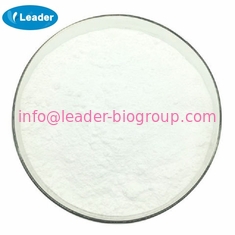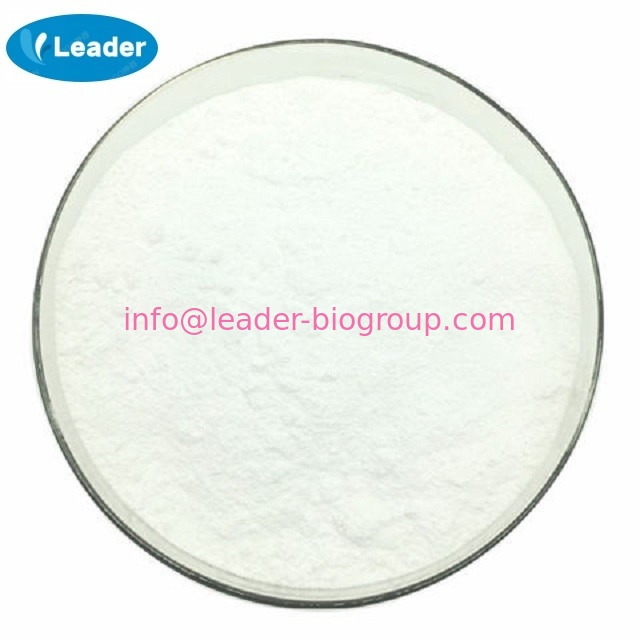| Product Name: |
Glycolic acid |
| Synonyms: |
Acetic acid, 2-hydroxy-;AKOS BBS-00004277;2-HYDROXYACETIC ACID;GLYCOLIC ACID, HIGH PURITY, 70 WT.% SOLU TION IN WATER;GLYCOLIC ACID REAGENTPLUS(TM) 99%;GLYCOLIC ACID SOLUTION, ~55% IN WATER;GLYCOLIC ACID, TECH., 70 WT. % SOLUTION IN WATER;GLYCOLIC ACID SIGMAULTRA |
| CAS: |
79-14-1 |
| MF: |
C2H4O3 |
| MW: |
76.05 |
| EINECS: |
201-180-5 |
| Product Categories: |
Oil Industry;Halogenated Heterocycles ,Carbazoles ,Indazoles;Roxatidine Acetate;omega-Hydroxycarboxylic Acids;omega-Functional Alkanols, Carboxylic Acids, Amines & Halides;Organic acids;Pharmaceutical Intermediates;Hydroxycarboxylic Acids (for High-Performance Polymer Research);Aliphatics;Building Blocks;C1 to C5;Carbonyl Compounds;Carboxylic Acids;Chemical Synthesis;Functional Materials;Reagent for High-Performance Polymer Research;Cosmetic Ingredients & Chemicals;Organic Building Blocks;Aliphatic Compounds;Allium cepa (Onion);Nutrition Research;Phytochemicals by Chemical Classification;Phytochemicals by Plant (Food/Spice/Herb) |
| Mol File: |
79-14-1.mol |
 |
| |
| Glycolic acid Chemical Properties |
| Melting point |
75-80 °C(lit.) |
| Boiling point |
112 °C |
| density |
1.25 g/mL at 25 °C |
| vapor pressure |
10.8 hPa (80 °C) |
| refractive index |
n20/D 1.424 |
| Fp |
112°C |
| storage temp. |
2-8°C |
| solubility |
H2O: 0.1 g/mL, clear |
| pka |
3.83(at 25℃) |
| form |
Solution |
| color |
White to off-white |
| PH |
2 (50g/l, H2O, 20℃) |
| Water Solubility |
SOLUBLE |
| Sensitive |
Hygroscopic |
| Merck |
14,4498 |
| BRN |
1209322 |
| Stability: |
Stable. Incompatible with bases, oxidizing agents and reducing agents. |
| InChIKey |
AEMRFAOFKBGASW-UHFFFAOYSA-N |
| CAS DataBase Reference |
79-14-1(CAS DataBase Reference) |
| NIST Chemistry Reference |
Acetic acid, hydroxy-(79-14-1) |
| EPA Substance Registry System |
Glycolic acid (79-14-1) |
| Hazard Codes |
C |
| Risk Statements |
34-22-20 |
| Safety Statements |
26-36/37/39-45-23 |
| RIDADR |
UN 3265 8/PG 3 |
| WGK Germany |
1 |
| RTECS |
MC5250000 |
| TSCA |
Yes |
| HS Code |
2918 19 98 |
| HazardClass |
8 |
| PackingGroup |
II |
| Hazardous Substances Data |
79-14-1(Hazardous Substances Data) |
| Toxicity |
LD50 orally in rats: 1.95 g/kg, H. F. Smyth et al., J. Ind. Hyg. Toxicol. 23, 259 (1941) |
| |
| Glycolic acid Usage And Synthesis |
| Description |
Glycolic acid is the smallest alpha-hydroxy acid (AHA). It is mainly supplemented to various skin-care products to improve the skin’s appearance and texture. It can also reduce wrinkles, acne scarring, and hyperpigmentation. In textile industry, it can be used as a dyeing and tanning agent. It can also be used as a flavoring agent in food processing, and as a skin care agent in the pharmaceutical industry. It can also be added into emulsion polymers, solvents and ink additives to improve flow properties and impart gloss. Moreover, it is a useful intermediate for organic synthesis including oxidative-reduction, esterification and long chain polymerization. |
| References |
Bhatia, A. C., and F. Jimenez. "Rapid treatment of mild acne with a novel skin care system containing 1% salicylic acid, 10% buffered glycolic acid, and botanical ingredients." Journal of Drugs in Dermatology Jdd13.6(2014):678-83.
https://en.wikipedia.org/wiki/Glycolic_acid
https://pubchem.ncbi.nlm.nih.gov/compound/glycolic_acid#section=Top |
| Chemical Properties |
Glycolic acid, CH20HCOOH, also known as hydroxyacetic acid, is composed of colorless deliquescent leaflets that decompose at approximately 78° C (172 OF). It is soluble in water,alcohol,and r.Glycolic acid is used in dyeing, tanning, electropolishing,and in foodstuffs. It is produced by oxidizing glycol with dilute nitric acid. |
| Uses |
Constituent of sugar cane juice. |
| Uses |
In the processing of textiles, leather, and metals; in pH control, and wherever a cheap organic acid is needed, e.g. in the manufacture of adhesives, in copper brightening, decontamination cleaning, dyeing, electroplating, in pickling, cleaning and chemical milling of metals. |
| Uses |
glycolic acid (hydroxyacetic acid) reduces corenocyte cohesion and corneum layer thickening where an excess buildup of dead skin cells can be associated with many common skin problems, such as acne, dry and severely dry skin, and wrinkles. glycolic acid acts by dissolving the internal cellular cement responsible for abnormal keratinization, facilitating the sloughing of dead skin cells. It also improves skin hydration by enhancing moisture uptake as well as increasing the skin’s ability to bind water. This occurs in the cellular cement through an activation of glycolic acid and the skin’s own hyaluronic acid content. Hyaluronic acid is known to retain an impressive amount of moisture and this capacity is enhanced by glycolic acid. As a result, the skin’s own ability to raise its moisture content is increased. glycolic acid is the simplest alpha hydroxyacid (AHA). It is also the AHA that scientists and formulators believe has greater penetration potential largely due to its smaller molecular weight. It is mildly irritating to the skin and mucous membranes if the formulation contains a high glycolic acid concentration and/ or a low pH. glycolic acid proves beneficial for acne-prone skin as it helps keep pores clear of excess keratinocytes. It is also used for diminishing the signs of age spots, as well as actinic keratosis. However, glycolic acid is most popularly employed in anti-aging cosmetics because of its hydrating, moisturizing, and skin-normalizing abilities, leading to a reduction in the appearance of fine lines and wrinkles. Regardless of the G skin type, glycolic acid use is associated with softer, smoother, healthier, and younger looking skin. glycolic acid is naturally found in sugarcane but synthetic versions are most often used in cosmetic formulations. |
| Definition |
ChEBI: A 2-hydroxy monocarboxylic acid that is acetic acid where the methyl group has been hydroxylated. |
| Purification Methods |
Crystallise it from diethyl r. [Beilstein 3 IV 571.] |
| |
| Glycolic acid Preparation Products And Raw materials |
|

